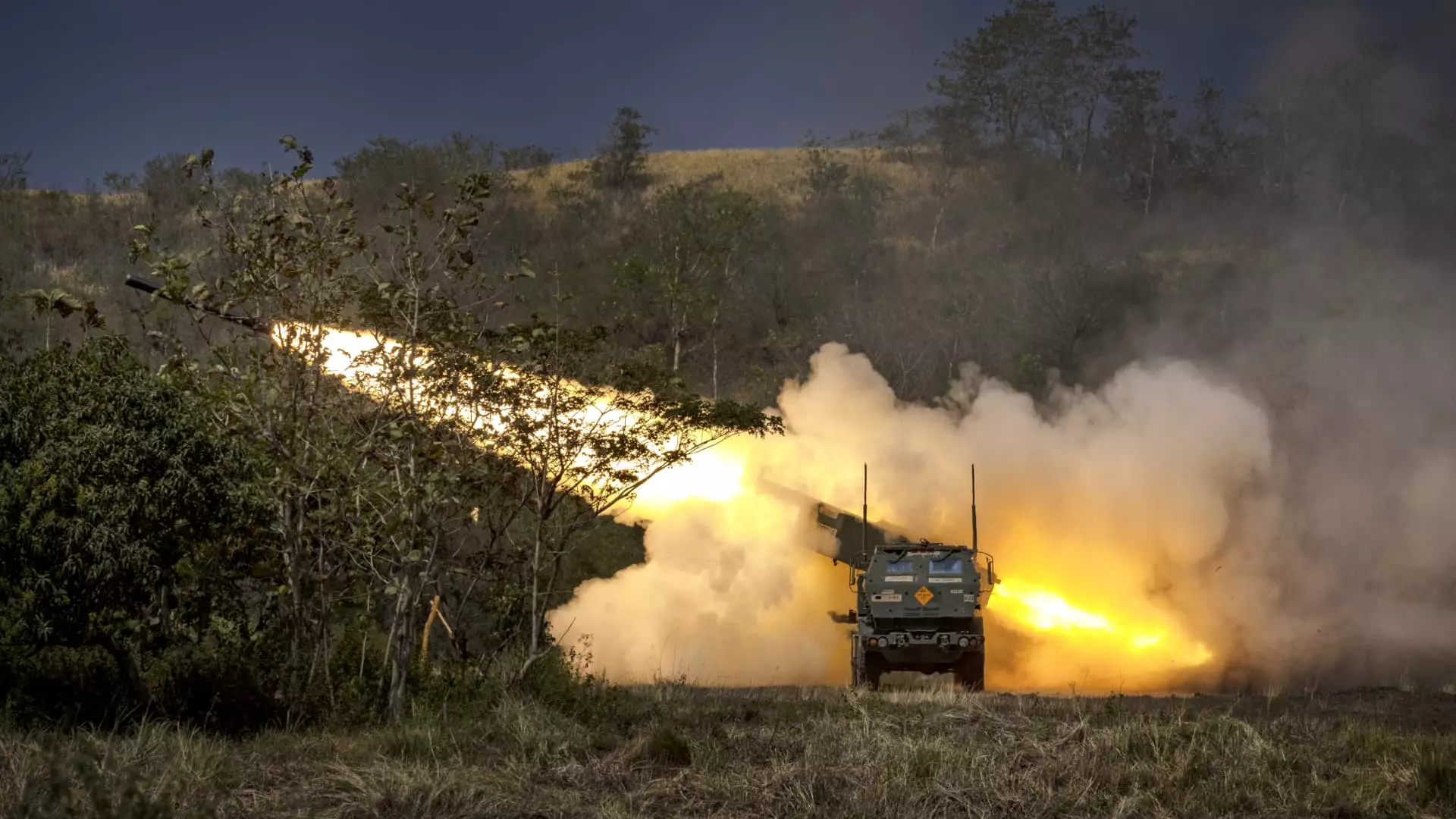In an era marked by geopolitical tensions and a resurgence of military posturing, the United States has made it clear that it has no immediate intentions to withdraw its mid-range missile system known as Typhon from the Philippines. Despite strong objections from China, the U.S. is conducting tests to assess the system’s viability in the event of regional conflicts. This commitment to retain a military foothold in the archipelago comes with considerable implications for regional security dynamics, particularly in light of escalating confrontations in the South China Sea.
The Typhon Missile System: An Overview
The Typhon missile system integrates cruise missiles capable of striking targets deep within Chinese territory, thereby enhancing the U.S. military’s operational capacity in Southeast Asia. Initially deployed for joint exercises earlier this year, the system remains strategically stationed on Luzon Island, which is in close proximity to both the contentious South China Sea and Taiwan Strait. This positioning underscores the Philippines’ critical role not just as a U.S. ally, but as a pivotal strategic outpost for deterrence against potential Chinese aggression.
China’s government has expressed vehement opposition to the U.S. missile deployment. The Chinese Foreign Ministry articulated concerns that these military maneuvers threaten the security of regional nations and fortify geopolitical confrontations. Specific remarks from Ministry spokesperson Lin Jian highlight a narrative of a potential arms race, indicating that recent U.S. military developments generate a landscape of heightened tension in an already volatile region. Furthermore, the Chinese response is not solely preventive; it reflects a broader strategic ambition to counter U.S. influence in Asia.
Military Collaboration Between the U.S. and the Philippines
Philippine officials have reiterated that joint training exercises involving the Typhon system are ongoing, with no immediate plans for withdrawal. Colonel Louie Dema-ala, a spokesperson for the Philippine Army, emphasized the need for U.S. Army Pacific Command to determine the timeline for the system’s presence in the country. Philippine leadership appears to recognize the strategic leverage provided by the Typhon, viewing its continued presence as essential for regional deterrence. The operations being conducted are not merely about deploying the system—they are also centered on evaluating its effectiveness in the regional environment.
The Missile System as a Deterrent
The Typhon missile system is designed for mobility and rapid deployment, suggesting that U.S. and Philippine forces are actively exploring ways to optimize its operational readiness. As articulated by an anonymous senior Philippine government official, the presence of the Typhon serves as a critical deterrent to China, aiming to incite uncertainty within Chinese military planning. The objective is clear: to establish a military framework capable of responding swiftly should hostilities arise.
In response to an increasing arsenal of missile capabilities amassed by China, the U.S. is moving expeditiously to enhance its military presence in the Indo-Pacific region. While exact numbers remain undisclosed, military procurement documents outline plans to acquire a substantial quantity of advanced missile systems, including over 800 SM-6 missiles within the next five years. This strategic buildup fosters a military landscape where the U.S. seeks to regain parity with regional adversaries, such as China, and maintain a competitive edge within an escalating arms race.
The deployment and retention of the Typhon missile system have profound implications for regional stability. As tensions continue to escalate, China has pursued military advancements across the South China Sea, asserting control over contested territories and fortifying its presence with anti-ship and anti-aircraft capabilities. While the Philippines insists that the U.S. presence does not destabilize relations—or escalate threats to China—the reality of military collaboration fundamentally alters the tactical calculus of the region.
The U.S. military’s continued presence in the Philippines embodies a broader strategy designed to respond to emerging threats in the Indo-Pacific. As tensions between the U.S. and China rise, the Typhon missile system serves not only as a tactical asset but also as a reflection of the intricate power dynamics at play. The evolving security landscape demands careful navigation, where military readiness, diplomatic engagement, and an understanding of regional histories coexist in the pursuit of stability amidst uncertainty. As the geopolitical chess game continues, the consequences of every move will resonate across the Asia-Pacific theater, potentially shaping future alliances and conflicts.


Leave a Reply